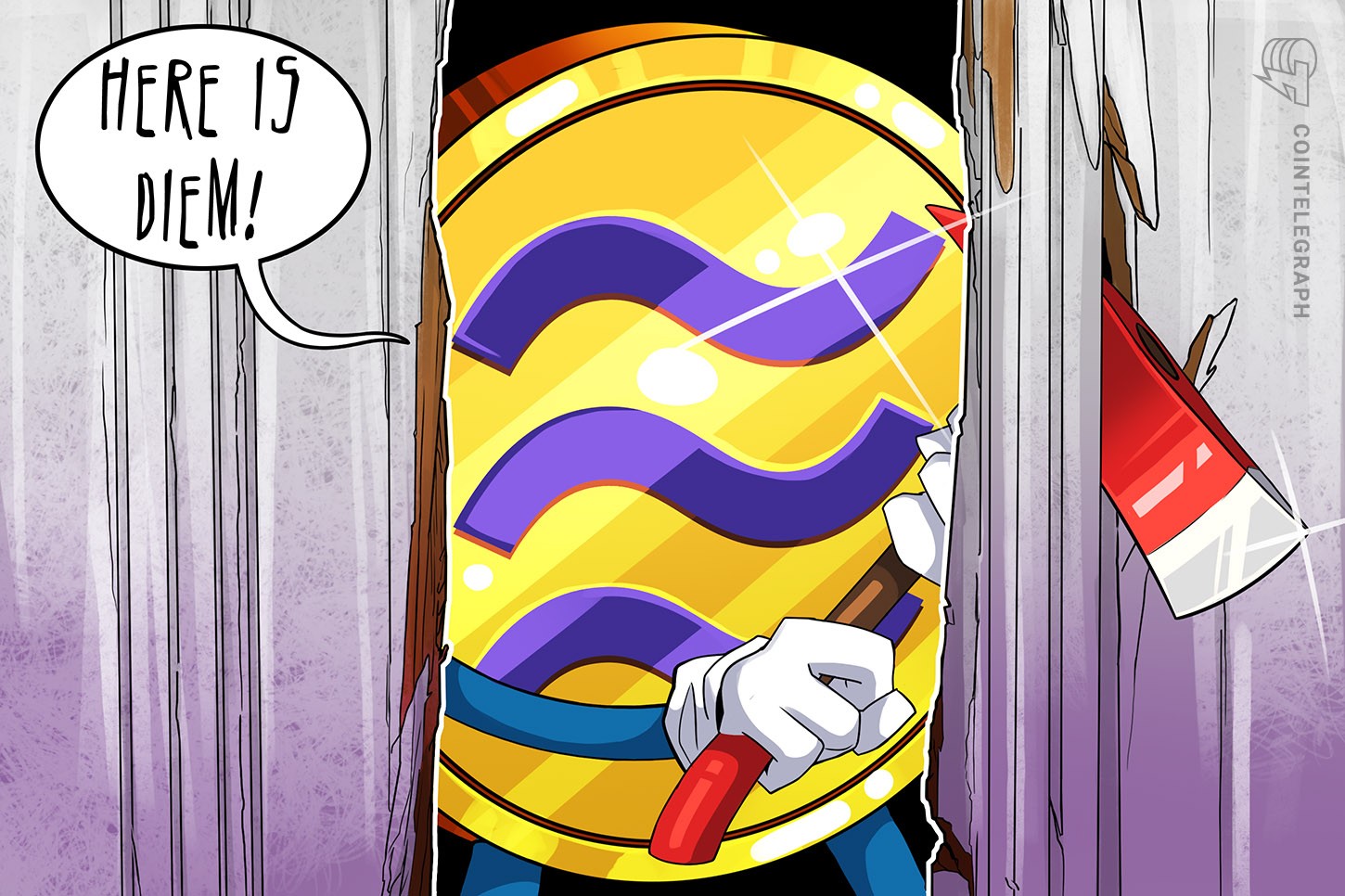Facebook, it is reported, could launch its long-awaited digital currency as early as January 2021 in the form of a U.S. dollar-backed stablecoin. Central banks and regulators have been galvanized into action since Facebook first announced its intentions by publishing a white paper in 2019. They are right to be concerned, as stablecoins — particularly ones such as the rebranded Diem that have the potential for massive network effects — bring new risks to consumers and savers as well as to the global financial system.
Related: What Is Libra? Breaking Down Facebook’s New Digital Currency
But they also have the potential to bring huge benefits in the form of speed, efficiency and financial inclusion. And they can act as a store of value for savers in countries that do not have stable domestic currencies, akin to the dollarization that exists in many emerging-market countries today. Well-structured stablecoins with appropriate legal, regulatory and governance controls have a valuable role to play in the world economy and could bring the benefits of crypto technology to an entirely new generation of users.
Diem, formerly known as Libra, is the most high-profile stablecoin. It has been discussed since Facebook first announced its intentions back in 2019. Indeed, Diem is widely credited with adding rocket fuel to central banks’ hitherto tepid investigations into central bank digital currencies, or CBDCs. It was also met with great alarm by the world’s regulatory community, which has since been devising stringent regulations for stablecoins.
Why are regulators and central banks so concerned about stablecoins? And is there a role for them?
Stablecoins are cryptocurrencies that aim to stabilize their value compared to another asset — be it one fiat currency, a basket of fiat currencies, or commodities. The idea is that by stabilizing its value, it can be used as a means of payment.
Related: Stablecoins, Explained
This is something that the earlier generation of crypto assets — Bitcoin (BTC), etc. — failed to achieve. Bitcoin remains too volatile, something clearly highlighted by last month’s price action.
Stablecoins are an entirely different kettle of fish. By their very nature, they are designed to be a “store of value,” the most important characteristic of money, and could therefore serve as a means of payment.
With Diem, there is also the potential for massive network effects. Facebook has 2.7 billion active monthly users, meaning Diem has the potential to become an instant “medium of exchange” in large parts of the world.
There are risks. Secure wallet storage, good corporate governance and controls, Anti-Money Laundering, data protection, tax compliance, and cybersecurity are all well-known risks that must be managed. Stablecoins bring additional risk — not least, ensuring they are appropriately backed by whatever asset they are pegged to and that all the necessary controls to manage those reserves are put in place.
Stablecoins that become global success stories bring even more challenges. They could have profound implications for existing financial systems if consumers and savers seek to hold these currencies as opposed to their own domestic currencies. They could even have implications for a country’s monetary policy and, ultimately, economic growth. This is why global regulators are so concerned.
In October 2019, the G-7 issued a working paper on stablecoins. While acknowledging the benefits that stablecoins could bring in the form of “faster, cheaper and more inclusive” global payments, it focused on the legal, regulatory and oversight challenges of this new innovation. The paper highlighted risks to “monetary policy,” “financial stability,” “the international monetary system” and “fair competition.”
Regulators are now working to address these concerns. This fall, the European Commission launched a comprehensive legislative proposal for the regulation of crypto assets. While this covers all crypto assets, it introduces especially stringent requirements for issuers of “asset-referenced tokens” (stablecoins) and even more stringent requirements for “significant asset-referenced tokens” (global stablecoins). Her Majesty's Treasury, the United Kingdom’s treasury department, plans to issue draft regulations for stablecoins and CBDCs soon.
These regulations are welcome. Stablecoins have the potential to improve the efficiency of the existing financial system by offering faster, cheaper payments, especially with respect to cross-border remittances. They can also improve financial inclusion and can offer a store of value to savers in countries that do not have stable domestic currencies. Structured and regulated appropriately, stablecoins have the potential to bring cryptocurrencies to an entirely new generation of users.
Impending authorization from Switzerland’s regulator is the final link in the chain for Facebook to launch Diem as a payment method. It is now a matter of when, not if. The clock is ticking for the regional or national regulators that do not have a similar digital-asset framework in place; they run the risk of their respective financial sectors being left behind. Such is the power of Facebook’s network effect.
The views, thoughts and opinions expressed here are the author’s alone and do not necessarily reflect or represent the views and opinions of Cointelegraph.
This opinion article presents the contributor’s expert view and it may not reflect the views of Cointelegraph.com. This content has undergone editorial review to ensure clarity and relevance, Cointelegraph remains committed to transparent reporting and upholding the highest standards of journalism. Readers are encouraged to conduct their own research before taking any actions related to the company.


